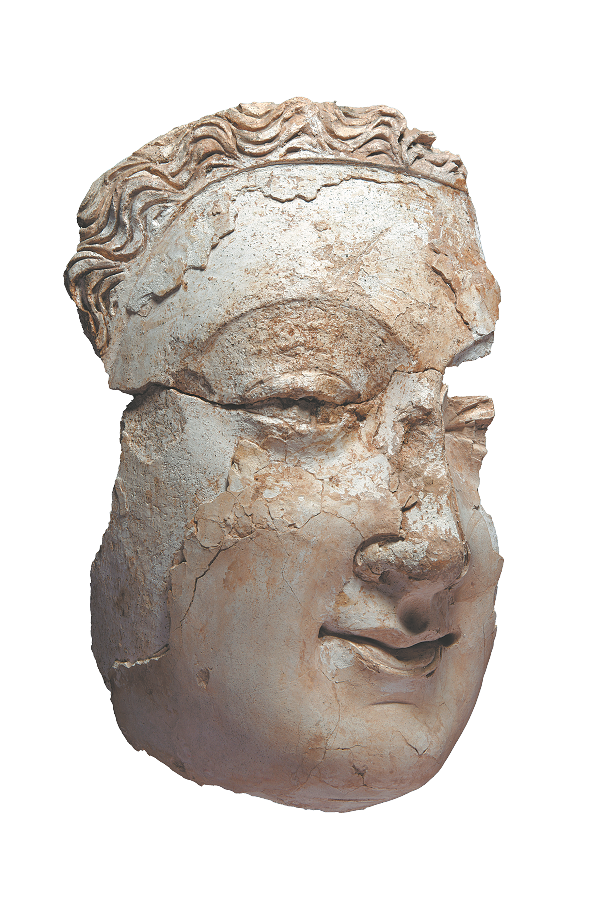Digging up the Buddhist past
Archaeologists unearth intriguing clues hinting at a legacy of architectural achievement, Wang Ru reports.
By Wang Ru | China Daily | Updated: 2024-04-18 05:49

A lot of sheep, cow and horse bones have been unearthed as have evidences of a large number of peaches, grapes and apricots, which proves that many people lived there, he adds.
However, the prosperity Xuanzang may have witnessed has eroded with time. During the long passage of time following the monk's visit, people left and buildings collapsed, leaving only the two towers that seemingly defy the wind, their ancient stories untold until recent archaeological efforts.
Studies show that the main buildings were finally destroyed in a fire. The archaeologists infer that they were abandoned in the 10th century, but no evidence of that has been found so far.
Among the large number of artifacts unearthed, there are many fragments of plaster Buddhist statues. The statues combine features of both Chinese and Gandharan Buddhism, Xiao says.
"They have curly hair, very similar to Gandhara Buddhist statues, but their facial expressions are not flinty, like Gandharan style, but are similar to Chinese Buddhist statues," he says.
Moreover, some of the coins found at the site, like Wuzhu coins, a currency that dates back to the Han Dynasty (206 BC-AD 220), and Kaiyuan Tongbao, a popular Tang Dynasty coin, come from the Central Plains of China.
"They reflect communication in ancient times and provide material for our studies on the spread of Buddhist art and the evolution of Buddhism," he adds.
Among earthen ruins, the site is relatively well-preserved, according to Zheng Jianzhong, an engineer at the Cultural Heritage Rehabilitation Institute of China Railway Academy in Chengdu, Sichuan province, who was also one of those responsible for restoration at the site between 2020 and 2021.
"Earthen ruins are especially difficult to preserve, but this site has existed for such a long time, and has remains. That's already good preservation," Zheng says.
But it is now threatened by more frequent rain and wind caused by climate change.
"Rainfall has become increasingly frequent in Kashgar in recent years. After a heavy downpour, parts of the remains get swept away, and then wind comes, causing further destruction. Therefore, the site needs urgent protection and restoration," Xiao says.
























